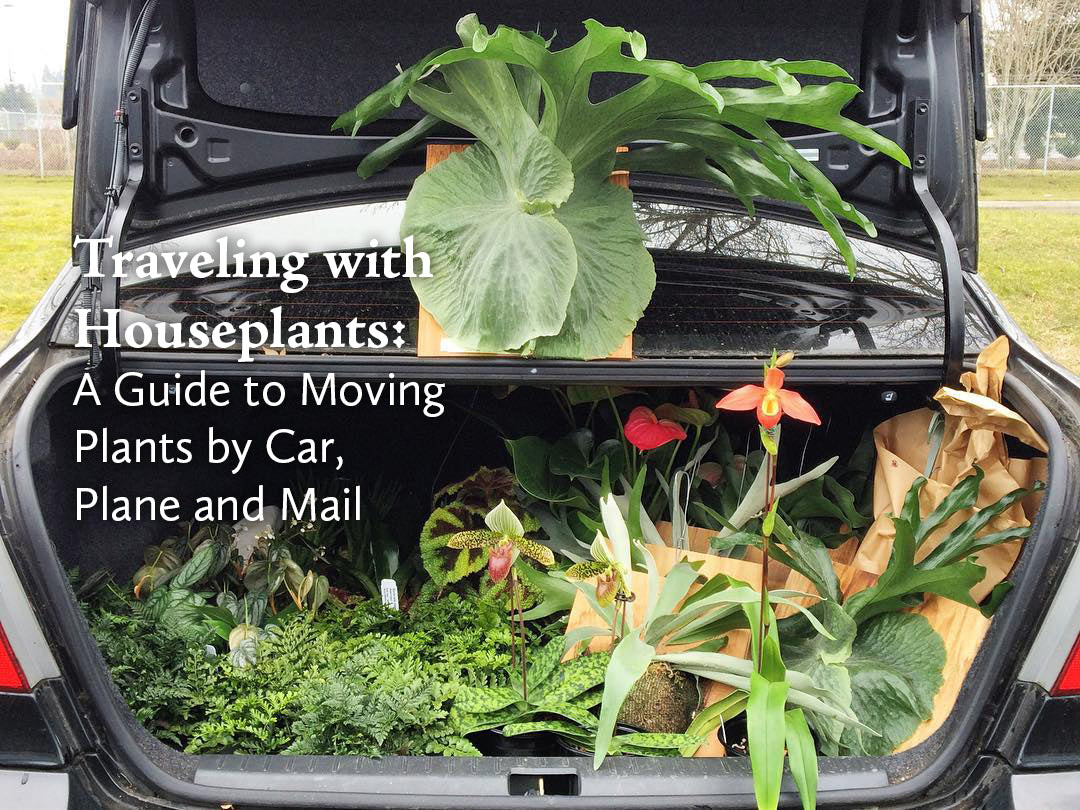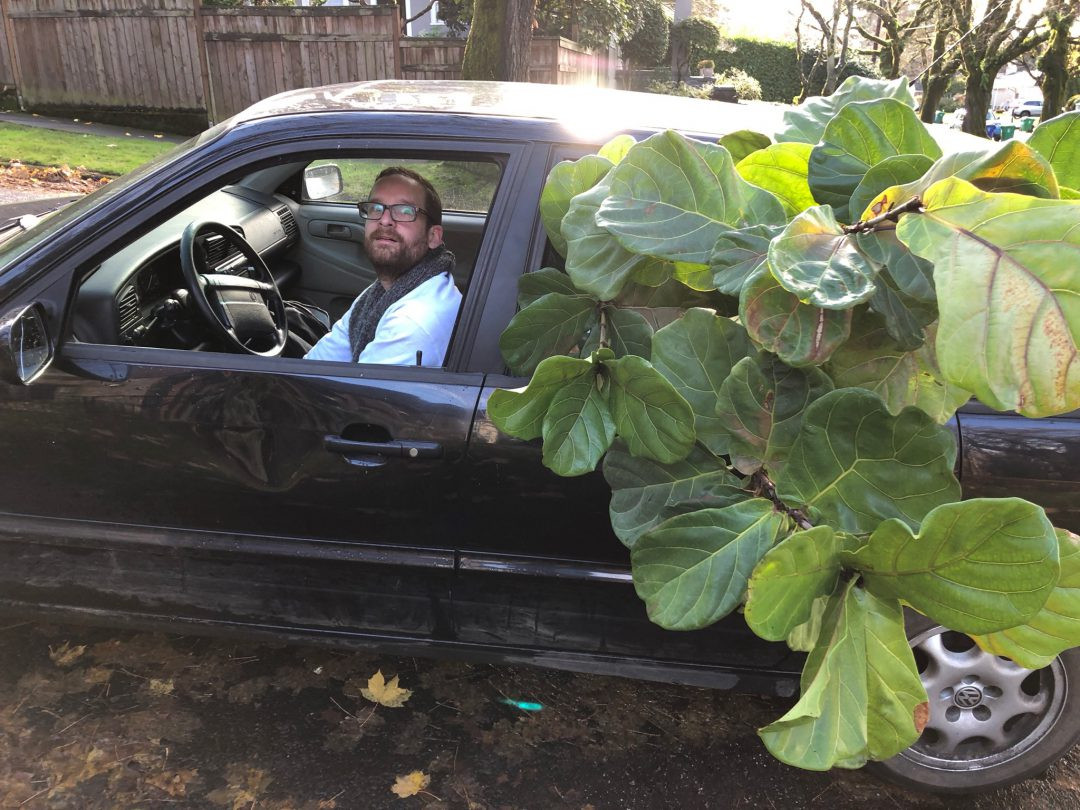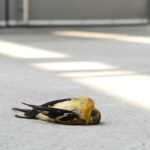Bringing a piece of your green haven with you when you travel can be comforting for plant lovers. Whether you’re relocating, gifting a propagation, or simply can’t resist that rare find at a distant nursery, flying with a plant is a question many of us ponder. The good news is, yes, you can fly with a plant, but it requires careful preparation and understanding of airline and agricultural regulations. This guide will walk you through everything you need to know to ensure your leafy companions travel safely and legally by air.
Preparing Your Plant for Air Travel
Just like us, plants need to be in top shape for travel. A little pre-trip care will significantly improve their journey and reduce stress. Think of it as their pre-flight wellness routine!
One to two weeks before your flight, give your plant some focused attention:
- Pruning and Cleaning: Remove any dead, damaged, or yellowing leaves. Trim excessively long or unruly vines to make handling easier during travel. This tidying up also reduces the risk of pests or diseases spreading.
- Repotting Considerations: If your plant is in a heavy ceramic pot, consider transferring it to a lightweight plastic nursery pot. This reduces weight and the chance of breakage.
- Pest Check and Treatment: Inspect your plant thoroughly for any signs of pests. Treat any infestations proactively. Traveling can stress plants, making them more vulnerable, so starting pest-free is crucial.
- Hydration Balance: Water plants appropriately in the days leading up to your trip. For water-loving plants like ferns, water thoroughly the day before or morning of your flight. For others, water a few days prior, ensuring the soil is lightly moist but not soggy. Overly wet soil in a confined, potentially dark space like luggage can lead to root rot.
Navigating Airport Security and Airline Policies with Plants
Flying with a plant means understanding and adhering to both Transportation Security Administration (TSA) guidelines and individual airline policies. While TSA generally allows plants, the final decision rests with the airline, and regulations can vary.
- Carry-on vs. Checked Baggage: Most airlines allow small plants as carry-on baggage, provided they fit within size restrictions for carry-on items. Larger plants might need to be checked. Always check with your specific airline in advance to confirm their policy on live plants, size limitations, and any associated fees.
- TSA Screening: Be prepared to remove your plant from its bag for inspection at security checkpoints. Plants will need to go through the X-ray machine. Cooperate fully with TSA officers and answer any questions they may have.
- Soil and Bare Root Options: While TSA generally permits soil, some airlines or destinations may have restrictions. To minimize hassle and comply with stricter regulations, consider transporting your plant bare root. This involves removing the plant from its pot, gently cleaning the soil from the roots, and wrapping the roots in damp paper towels or sphagnum moss. This method is often required for international travel or travel to agriculturally sensitive regions.
 A person carefully packing a houseplant into a box for travel, ensuring the plant is secure and protected.
A person carefully packing a houseplant into a box for travel, ensuring the plant is secure and protected.
Step-by-Step Guide to Packing Your Plant for a Flight
Proper packing is essential for your plant’s safety during air travel. Here’s how to pack your plant like a pro:
- Choose the Right Container: For carry-on plants, a sturdy box or even a robust shopping bag can work. Ensure it’s sized appropriately for carry-on dimensions and provides enough space for the plant without crushing it. For checked baggage, a more rigid box with ample padding is necessary.
- Protect the Pot and Soil: Wrap the pot securely in a plastic bag to prevent soil spillage. For extra security, especially for checked baggage, consider wrapping the top of the pot with plastic wrap or newspaper to further contain the soil.
- Support the Plant: Use crumpled newspaper, packing paper, or bubble wrap to cushion the plant within the box. Place padding around the base of the pot and fill any empty spaces to prevent movement during transit. For taller plants, you might need to create supports to keep them upright.
- Ventilation (If Enclosed): If you are using a closed box, especially for checked baggage, puncture a few air holes to ensure some ventilation.
- Label Clearly: Label the box as “Live Plant” and “Fragile”. This alerts handlers to treat your package with care.
Temperature Considerations During Air Travel
Temperature extremes are a significant concern when flying with plants. Both excessive heat and cold can be detrimental.
- Cabin Temperature: In the airplane cabin, temperature is usually well-regulated and comfortable for plants, similar to ideal room temperatures (65-75°F or 18-24°C).
- Cargo Hold Temperatures: Temperatures in the cargo hold can fluctuate significantly and may reach extreme highs or lows depending on the weather and flight duration. If you must check your plant, be mindful of the weather conditions at both your departure and arrival locations. Avoid checking plants during periods of extreme heat or cold if possible.
- Winter Travel: Cold is more damaging to tropical houseplants. If traveling in winter, ensure your plant is well-insulated during any time spent outside of a climate-controlled environment, such as waiting on the tarmac or during baggage handling.
- Summer Travel: Heat can also be a stressor. Avoid leaving your plant in direct sunlight before or after the flight.
Navigating International and State Regulations
Traveling across borders, whether international or even between certain states within a country, can introduce agricultural regulations that you must be aware of.
- International Travel: Regulations for bringing plants into another country are often strict. Many countries have phytosanitary regulations to prevent the introduction of pests and diseases. It is crucial to check the import regulations of your destination country’s Department of Agriculture or equivalent agency well in advance of your travel. You may need permits, phytosanitary certificates, or bare-rooting your plant might be mandatory. Some plants may be prohibited altogether.
- State-to-State Travel (USA): Certain states, like California, Arizona, Florida, Hawaii, and Puerto Rico, have stricter agricultural regulations due to concerns about invasive species. Always check the regulations of your destination state, especially if traveling to these locations. Bare-rooting and inspection may be required.
- Canada: If traveling to Canada, be aware that restrictions apply. The Canadian Food Inspection Agency (CFIA) has regulations on plant material brought into the country. Consult their guidelines before traveling.
 A person holding a small potted plant, ready to be packed for travel, with a focus on the plant's healthy leaves.
A person holding a small potted plant, ready to be packed for travel, with a focus on the plant's healthy leaves.
Consider the size of your plant when flying. Smaller plants are generally easier to manage as carry-on.
What to Do Upon Arrival
Once you arrive at your destination, unpack your plant as soon as possible.
- Immediate Care: Check your plant for any signs of stress, such as wilting or leaf damage. Water it gently if the soil is dry. Place it in a location with appropriate light conditions – avoid direct, harsh sunlight immediately after travel.
- Repotting (if bare root): If you transported your plant bare root, repot it promptly into fresh potting mix.
- Acclimation: Allow your plant some time to acclimate to its new environment. Avoid making any major changes in care right away.
Key Takeaways for Flying with Plants
- Planning is Key: Research airline policies and agricultural regulations well in advance.
- Preparation Matters: Properly prepare and pack your plant for travel to minimize stress.
- Temperature Awareness: Be mindful of temperature extremes, especially when checking plants.
- Regulations are Important: Always comply with all airline and agricultural rules.
- Upon Arrival Care: Provide immediate care to help your plant recover from the journey.
Flying with a plant is achievable with the right knowledge and preparation. By following these guidelines, you can confidently bring your beloved green friends along for the journey, ensuring they arrive safely and thrive in their new destination. Enjoy your travels with your plant companion!

